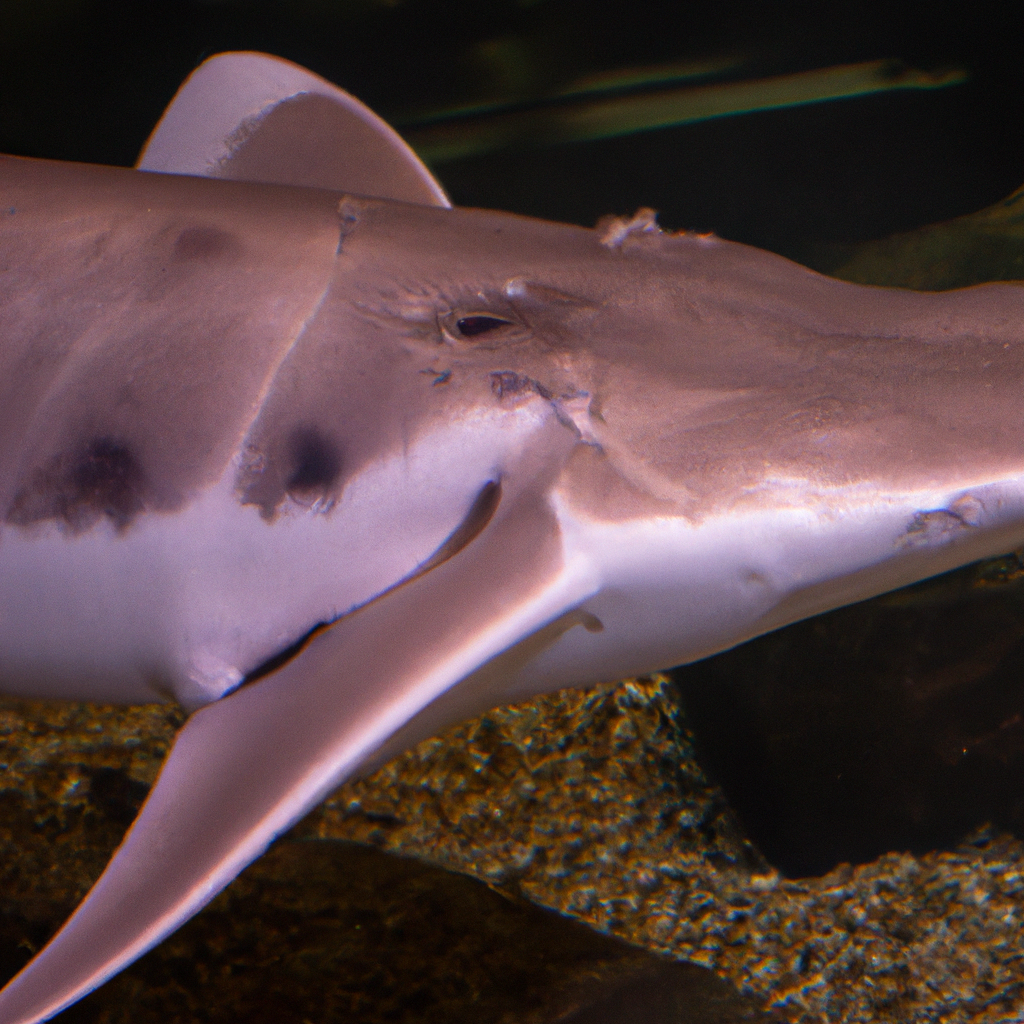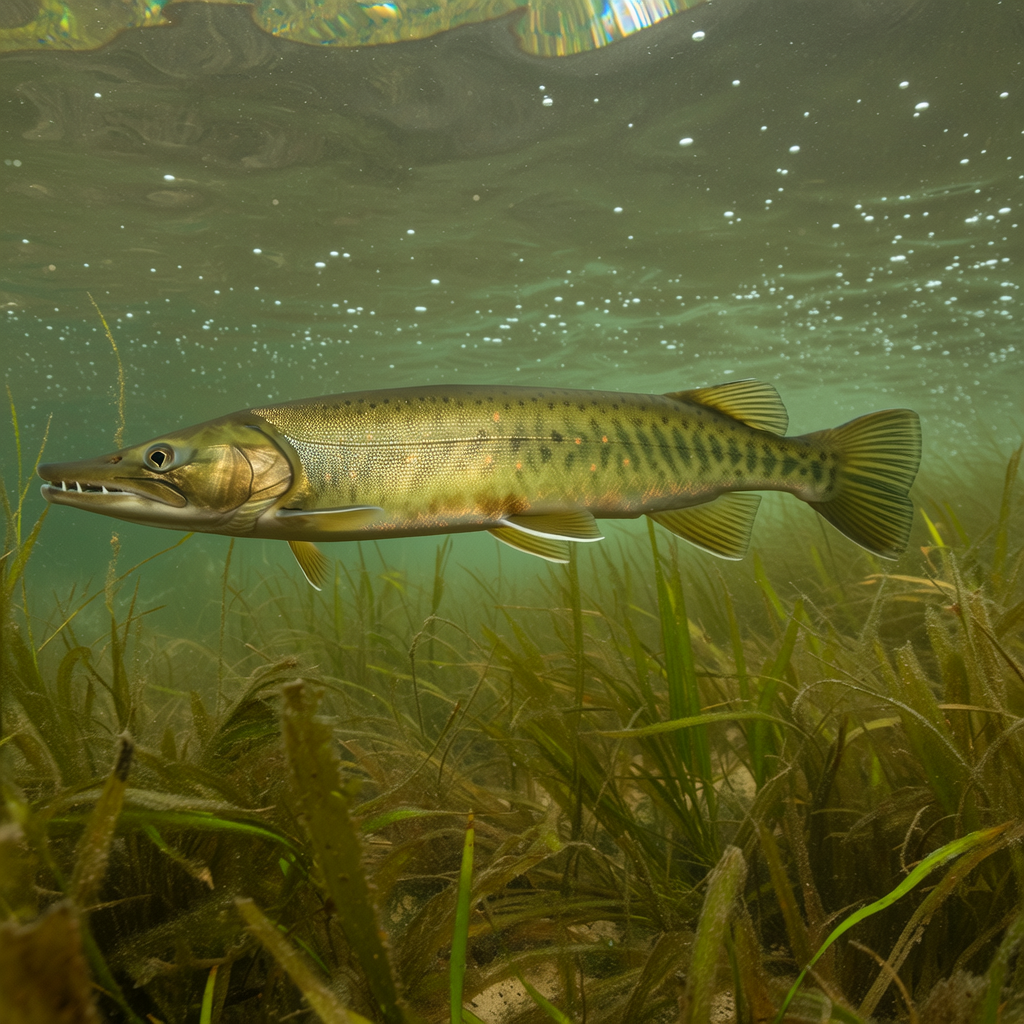Introduction
The Lake Sturgeon is an unique fish found in freshwater rivers and lakes. They are known for having an ancient lineage and being large. This article will explore the characteristics, habitats, behavior, conservation efforts and more of this fascinating fish species.
Characteristics
The Lake Sturgeon is one of the largest freshwater species in North America. It can grow up to 10 feet long and weigh more than 300 pounds. The scutes on their bodies provide protection.
The fish are usually grayish-brown and have a tail that looks like a shark. They have a mouth on the underside, and lack teeth. Instead, they use their vacuum-like mouth to suction up food from the riverbed or lakebed.
Lake Sturgeons have a lifespan that can often exceed 100 years. The females reach sexual maturation around the age of 20 while the males reach maturity at around 15 years. This slow rate makes them vulnerable to overfishing, pollution and other human-induced threats.
Habitat
The Great Lakes, and their tributaries, are the main habitats for Lake Sturgeons in North America. They prefer areas that have a sandy or rocky base where they can find food as well as suitable spawning grounds.
These fish are adapted to cold temperatures, and they are often found in deep water. They are known to migrate hundreds of miles in order to find the best spawning grounds.
Behavior
Lake Sturgeons are primarily bottom dwelling fish that feed mainly on small invertebrates such as insect larvae, worms and mollusks. They use sensitive barbels near their mouths in order to detect food and then eat it.
During the breeding period, which occurs typically in late spring or early in the summer, Lake Sturgeons gather in large numbers near their spawning grounds. The females release thousands upon thousands of eggs on the riverbed or lakebed while the males release their sperm simultaneously to fertilize them.
These fish are known to have a unique leaping behaviour. They can leap several feet above the surface of the water, possibly to communicate or display their territoriality. This behavior is most often observed during mating season.
Conservation Efforts
Overfishing, habitat destruction, and pollution have all contributed to a significant decline in the Lake Sturgeon’s population over the last century. In order to protect and restore the population, conservation efforts were put in place.
Regulations have been put in place to limit the fishing of Lake Sturgeons and protect their breeding grounds. Many organizations are involved in habitat restoration, including improving water quality, removing obstacles to fish passage and creating suitable spawning areas.
Education programs and public awareness campaigns are crucial in raising the profile of the importance of conserving Lake Sturgeons and their habitats. We can ensure the long-term existence of this fish species by involving local communities, government agencies, and researchers.
Conclusion
The lake sturgeon is a fish that has been living in our freshwater ecosystems millions of years. Their size, longevity, unique behaviors, and long life make them an interesting subject for study and conservation efforts.
It is important to continue research and monitoring Lake Sturgeon population to understand their ecological role and promote their recovery. By protecting their habitats, and implementing sustainable fisheries practices, we can maintain our freshwater ecosystems’ health and diversity for future generations.




